Once vacant, London's grand department stores are getting a new lease on life
Thanks to imaginative redevelopment, these historic landmarks are being reborn as residences, offices, gyms and restaurants. Here's what's behind the trend
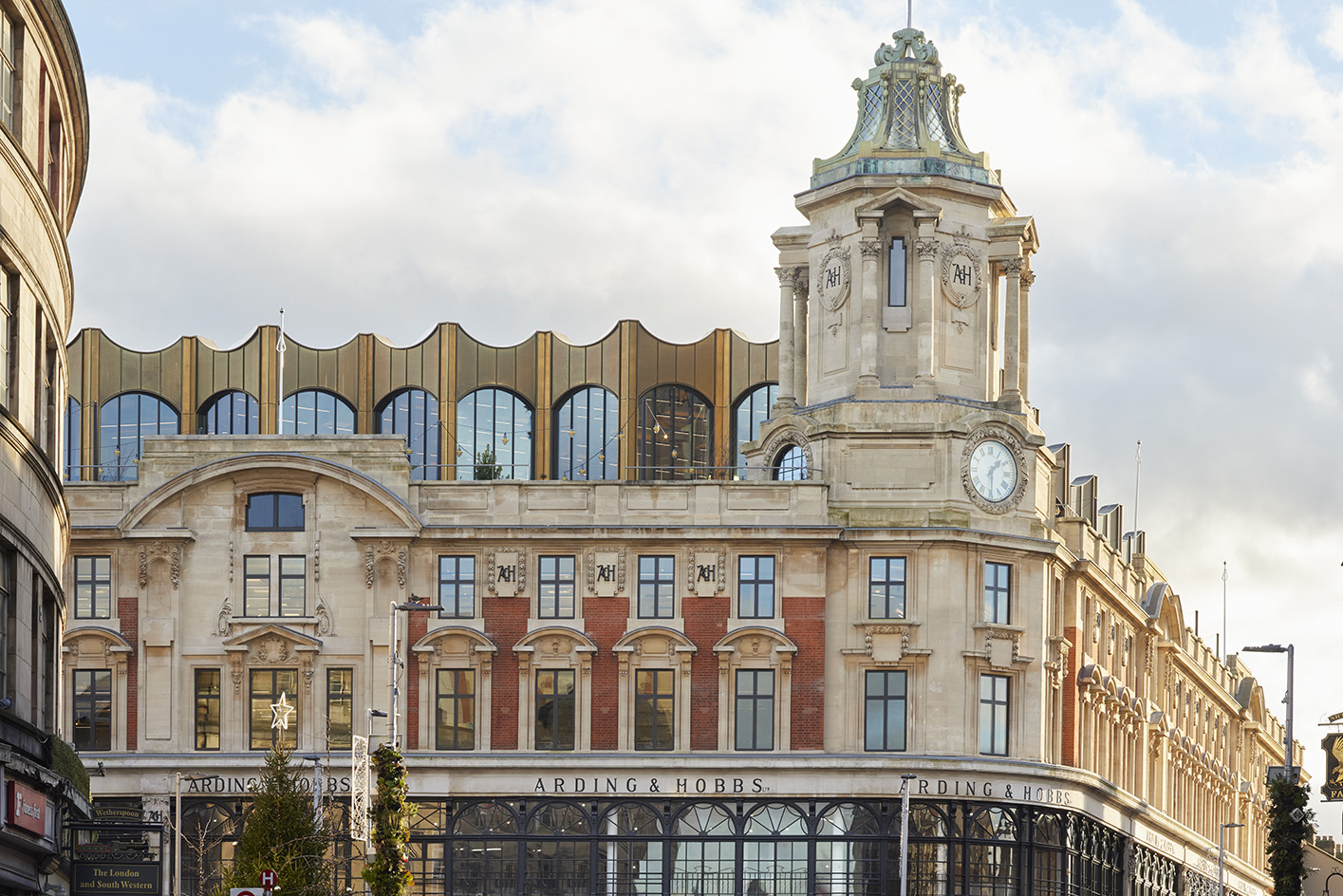
Some of London’s most iconic department stores are, quite literally, being given a new lease of life. The city’s most coveted shopping destinations, many of which were devastated by seismic shifts to brick-and-mortar retail, are opening their doors once more. But the shop floors and hanging rails have largely gone. In their place are residences, workspaces, gyms and restaurants.
There's Foster + Partners' £1.5 billion redevelopment of Whiteleys, a famous shopping centre on Bayswater’s Queensway, which will comprise 139 luxury homes and a 109-room Six Senses Hotel. Then there's Clapham Junction’s Arding & Hobbs Building, a former Debenhams dating back to 1876 that's been transformed into a mixed-use office by Stiff + Trevillion. These buildings, among other examples popping up across London, show that department stores are prime for retrofit and redevelopment thanks to their sprawling footprints, unique aesthetics and longstanding brand recognition.
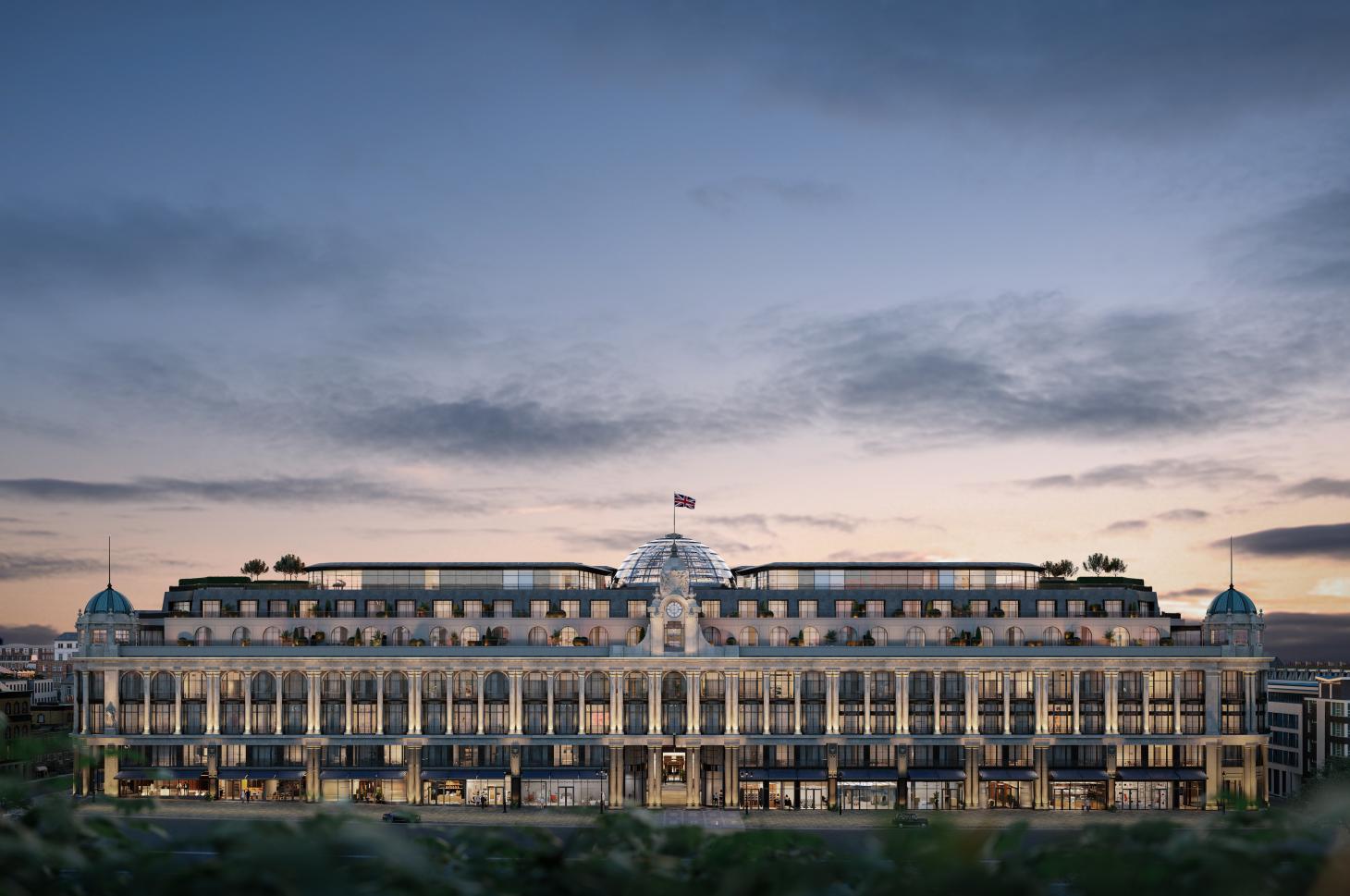
The Whiteley building, redesigned by Foster + Partners

Interior of The Whiteley's first show apartment, by Kelly Behun, as seen in the Wallpaper* issue of January 2024
The trend was arguably kicked off by Squire & Partners back in 2017 when it transformed a dilapidated Edwardian department store in Brixton into a workspace and community hub aptly named the Department Store. This was followed by developer General Projects’ £20 million transformation of the Heal’s building on Tottenham Court Road into the Manufactory, a 'next-gen workspace campus,' completed last March.
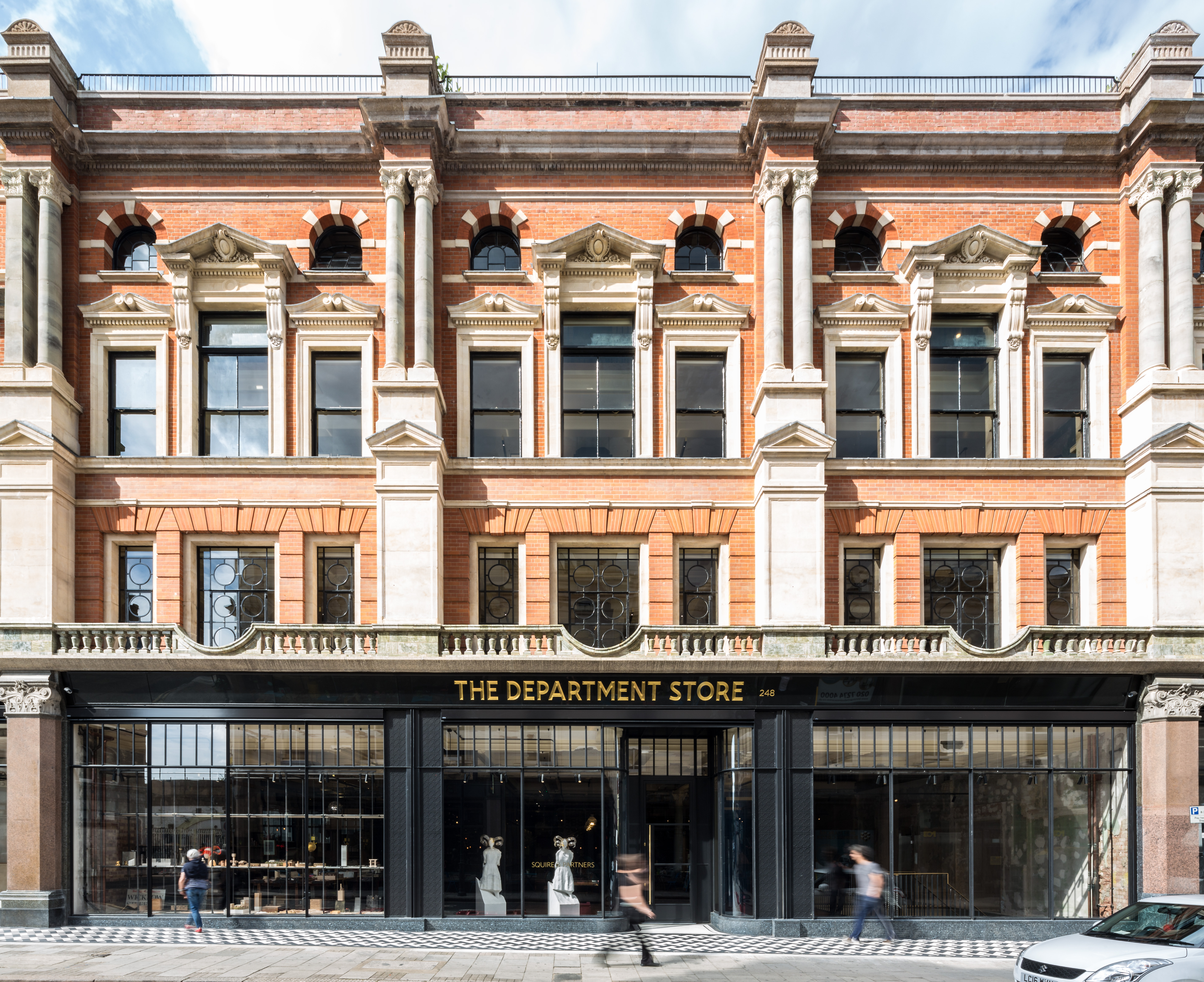
The Department Store by Squire & Partners
With the Whiteley Building and Arding & Hobbs joining the fold, it's clear that London’s great department store reinvention won't be slowing down any time soon. This trend is also proving the power of large-scale restoration in favour of demolition, despite the challenges that come with breathing new life back into the old bones of historic buildings.
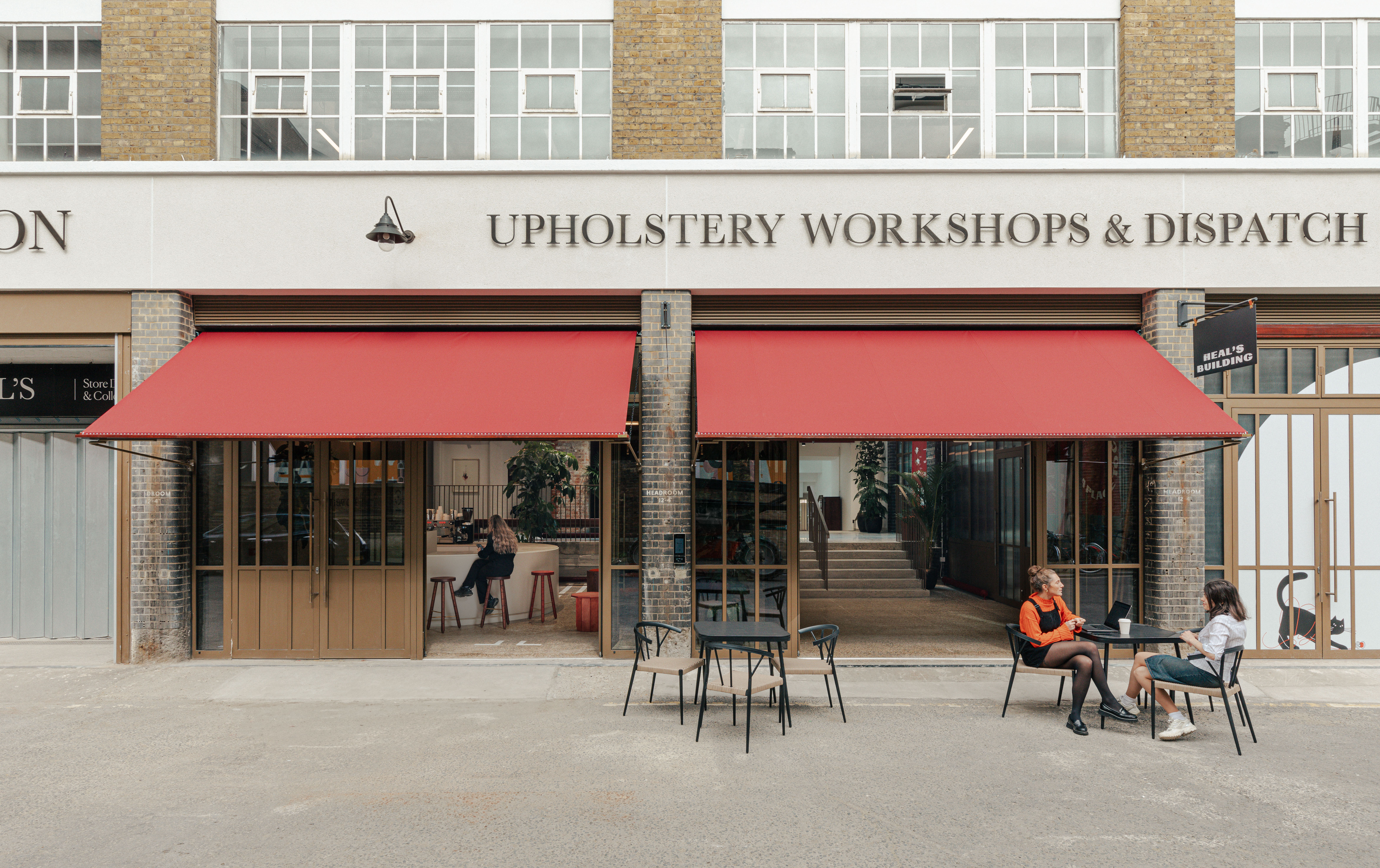
The redesigned Heal's by General Projects.
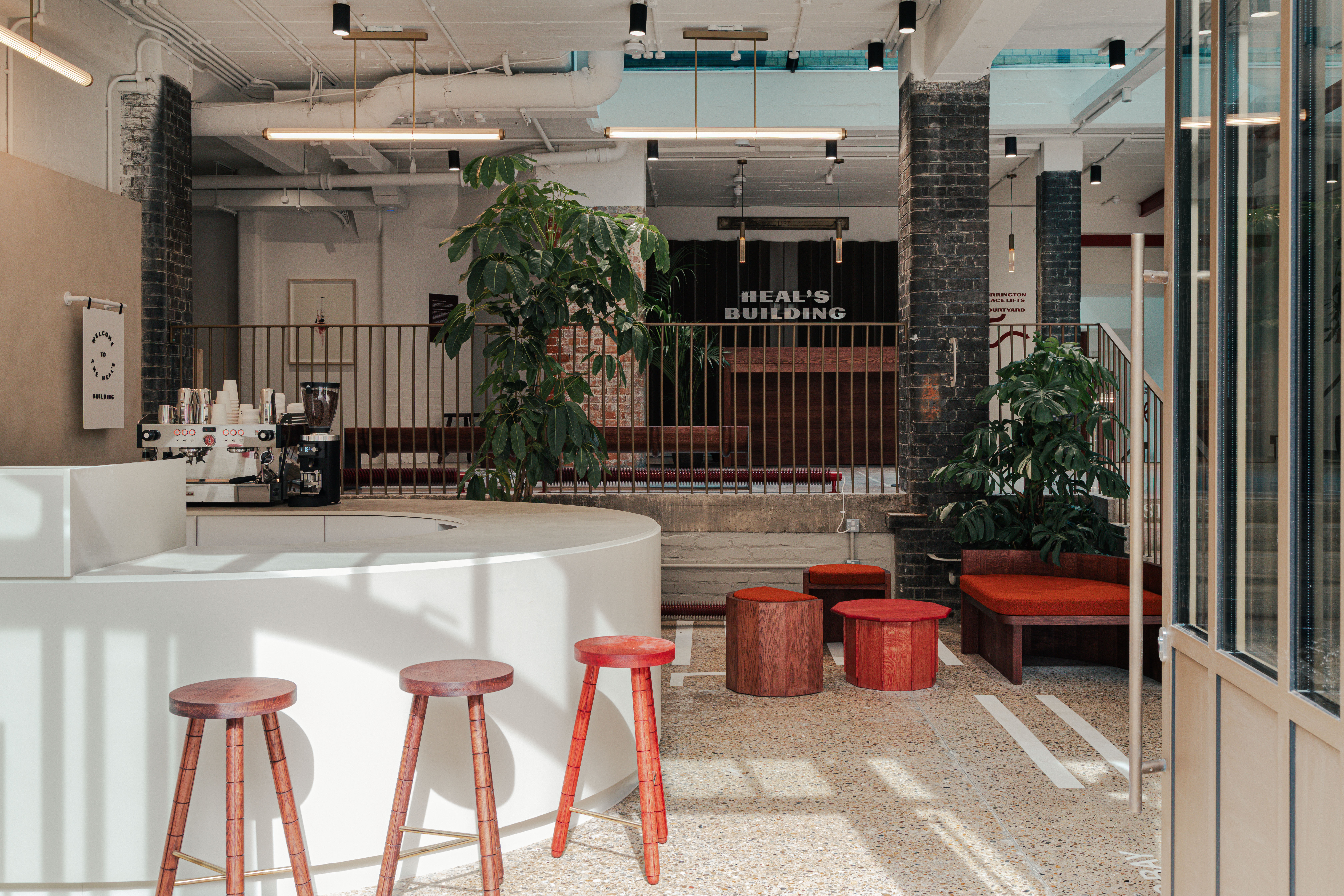
Ground floor communal space the reworked Heal's building
'This is a beautiful building with a 120-year-old façade,' says Alex Michelin, Founder & CEO of Valouran, one of the developers spearheading the reimagined Whiteley. 'It’s a London landmark. But restoration isn’t always straightforward. We couldn’t find anyone to restore the old, lead windows. We eventually found one guy who could do it, and we had to get him to train up other people to do it with him. It was worth it because, from a sustainability and aesthetics perspective, this was really important to us. But we had to create a whole new workforce to replicate the original windows in a modern way.'
It has been a similar story for the team behind Arding & Hobbs, which, in its new iteration, features workspaces, a rooftop terrace, an indoor escalator kept from its department store days and a private member’s club set to open this month.
These uses, says Sascha Lewin, chief executive of commercial property specialist W.RE and the developer behind the project, have been carefully and deliberately curated given the nature of the structure and the complications that can arise when a historic building is restored rather than rebuilt from scratch.
Receive our daily digest of inspiration, escapism and design stories from around the world direct to your inbox.
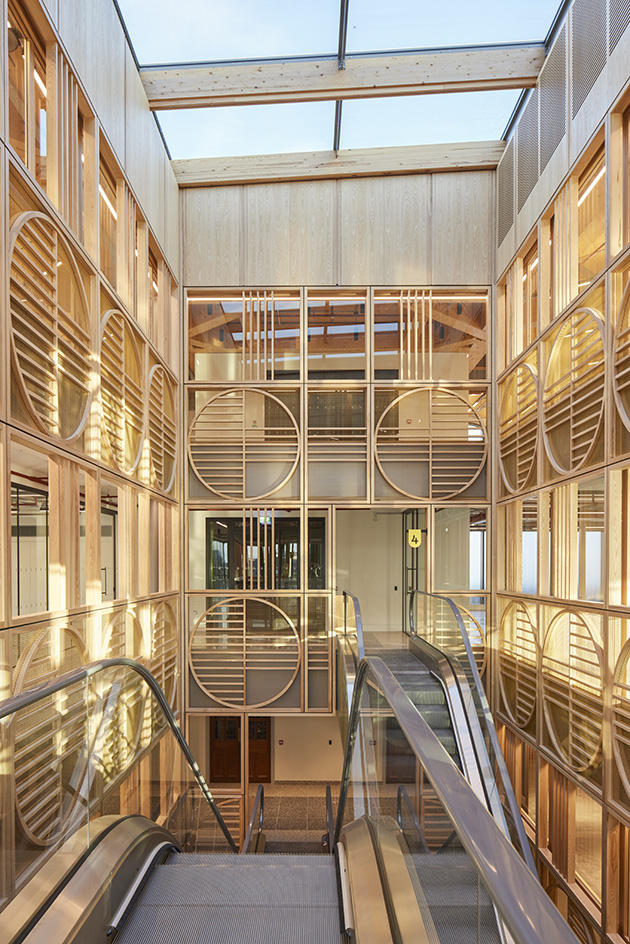
A view inside the redesigned Arding & Hobbs. The interiors show off a new timber-wrapped core.
'The building is architecturally stunning, but the reality is that these are difficult buildings to reposition in terms of uses,' he says. 'They are often quite deep without much natural light, the cost of conversion is high, and the value proposition really needs to stack up. That’s why we have focused on developing for commercial rather than residential tenants. It has been quite a tricky building to work with, but at its core, it had these unbelievably beautiful historic features both externally and internally.'
And those, he says, were worth salvaging.
As for what this approach to large-scale development could mean for London’s historic buildings more widely, there are already stories of similar restorative projects beyond defunct department stores emerging.
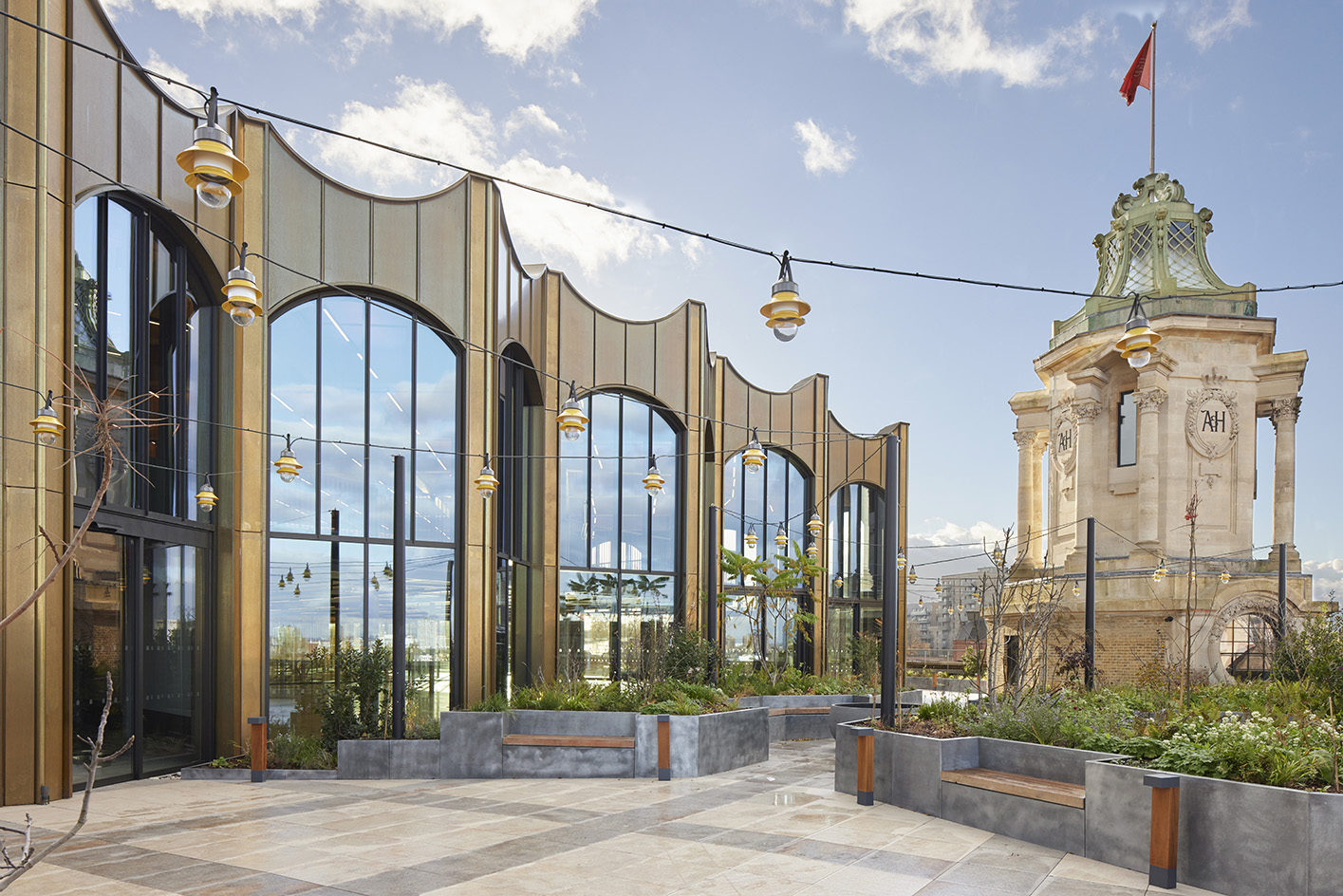
The redesigned rooftop of Arding & Hobbs.
Walworth Town Hall, a regal Victorian building in south London, is a prime example. The building sat vacant for more than a decade, after being severely damaged in a 2010 fire. Now, it has a new life as a community, business and cultural centre.
'As such an important cultural and heritage asset in the city, it was essential that a viable, long-term plan was implemented to reinvent it,' says Jacob Loftus, founder and chief executive of General Projects, the developer behind the building’s restoration.
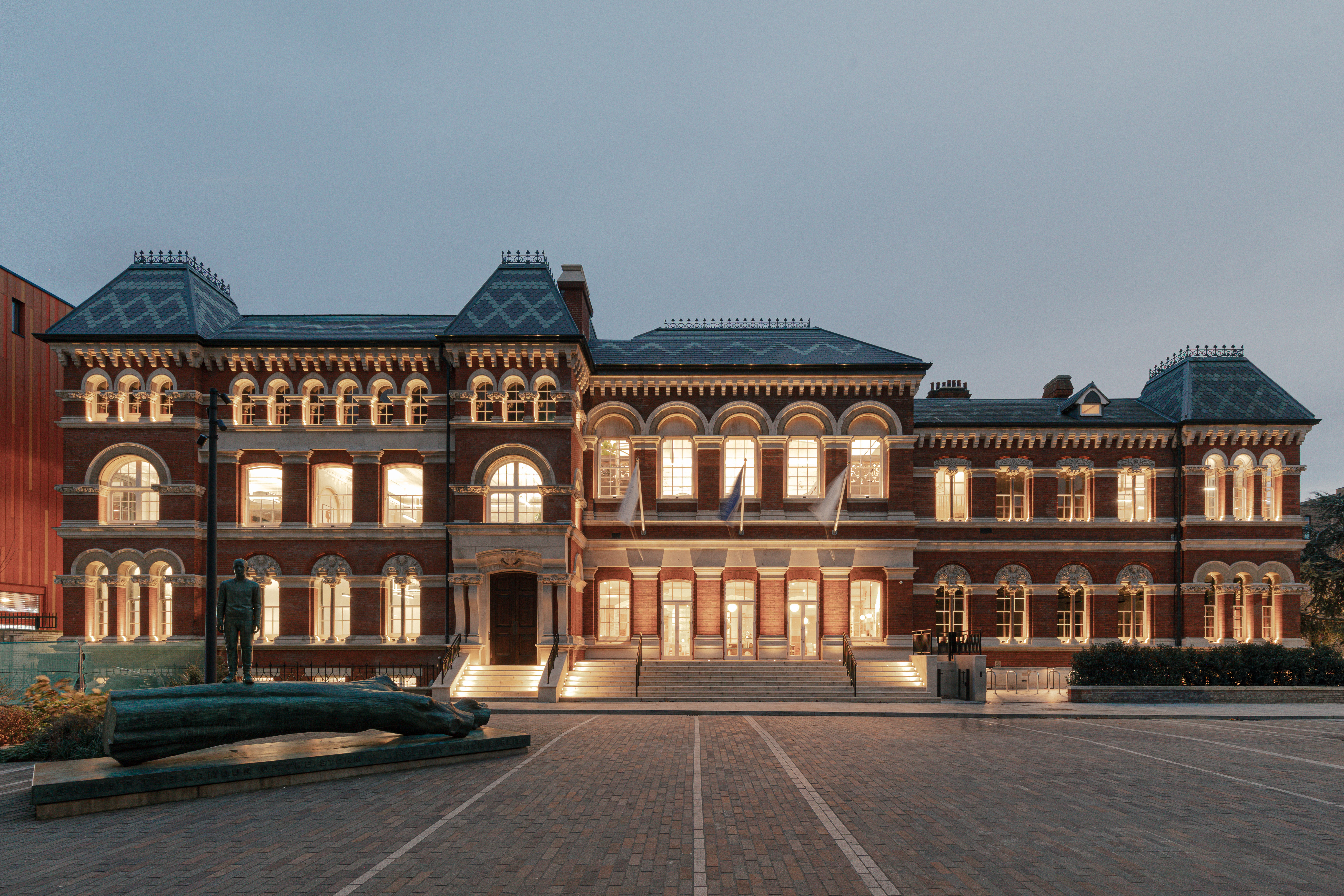
A view of the revitalised Walworth Town Hall.
'Commercial viability can be a challenge, but the success of Heal’s, Walworth Town Hall and many other examples prove there are ways to make these projects work,' he adds. 'With the right creativity, imagination and hard work, London’s former department stores, town halls and other prominent historic buildings can, and must, be restored, reinvented and protected for generations to come.'
Emily Wright is a journalist and moderator with over twenty years’ experience writing about and commenting on real estate, architecture, design and innovation. Formerly head of content and global editor at leading real estate title Estates Gazette, she now writes for a range of titles including Wallpaper*, The Times, Dezeen and The Spaces and has interviewed architects, developers and political figures including Zaha Hadid, Richard Rogers, Norman Foster, Terence Conran and Donald Trump. A passionate advocate for human-centred design she also writes Well-Placed, a monthly Substack focussed on the importance of places and spaces designed and developed with the end-user in mind.
-
 This cult Los Angeles pop-up restaurant now has a permanent address
This cult Los Angeles pop-up restaurant now has a permanent addressChef Brian Baik’s Corridor 109 makes its permanent debut in Melrose Hill. No surprise, it's now one of the hardest tables in town to book
-
 French bistro restaurant Maset channels the ease of the Mediterranean in London
French bistro restaurant Maset channels the ease of the Mediterranean in LondonThis Marylebone restaurant is shaped by the coastal flavours, materials and rhythms of southern France
-
 How ethical is Google Street View, asks Jon Rafman in Copenhagen
How ethical is Google Street View, asks Jon Rafman in CopenhagenIn 'Report a Concern - the Nine Eyes Archives' at Louisiana Museum of Art, Copenhagen, Jon Rafman considers technology's existential implications
-
 A former agricultural building is transformed into a minimal rural home by Bindloss Dawes
A former agricultural building is transformed into a minimal rural home by Bindloss DawesZero-carbon design meets adaptive re-use in the Tractor Shed, a stripped-back house in a country village by Somerset architects Bindloss Dawes
-
 RIBA House of the Year 2025 is a ‘rare mixture of sensitivity and boldness’
RIBA House of the Year 2025 is a ‘rare mixture of sensitivity and boldness’Topping the list of seven shortlisted homes, Izat Arundell’s Hebridean self-build – named Caochan na Creige – is announced as the RIBA House of the Year 2025
-
 In addition to brutalist buildings, Alison Smithson designed some of the most creative Christmas cards we've seen
In addition to brutalist buildings, Alison Smithson designed some of the most creative Christmas cards we've seenThe architect’s collection of season’s greetings is on show at the Roca London Gallery, just in time for the holidays
-
 In South Wales, a remote coastal farmhouse flaunts its modern revamp, primed for hosting
In South Wales, a remote coastal farmhouse flaunts its modern revamp, primed for hostingA farmhouse perched on the Gower Peninsula, Delfyd Farm reveals its ground-floor refresh by architecture studio Rural Office, which created a cosy home with breathtaking views
-
 A revived public space in Aberdeen is named Scotland’s building of the year
A revived public space in Aberdeen is named Scotland’s building of the yearAberdeen's Union Terrace Gardens by Stallan-Brand Architecture + Design and LDA Design wins the 2025 Andrew Doolan Best Building in Scotland Award
-
 The Architecture Edit: Wallpaper’s houses of the month
The Architecture Edit: Wallpaper’s houses of the monthFrom wineries-turned-music studios to fire-resistant holiday homes, these are the properties that have most impressed the Wallpaper* editors this month
-
 A refreshed 1950s apartment in East London allows for moments of discovery
A refreshed 1950s apartment in East London allows for moments of discoveryWith this 1950s apartment redesign, London-based architects Studio Naama wanted to create a residence which reflects the fun and individual nature of the clients
-
 In this Cotswolds home, drama meets minimalism
In this Cotswolds home, drama meets minimalismCotswolds home Hiaven house, with interiors designed by McLaren Excell, is a perfect blend of contemporary chic and calm, countryside drama